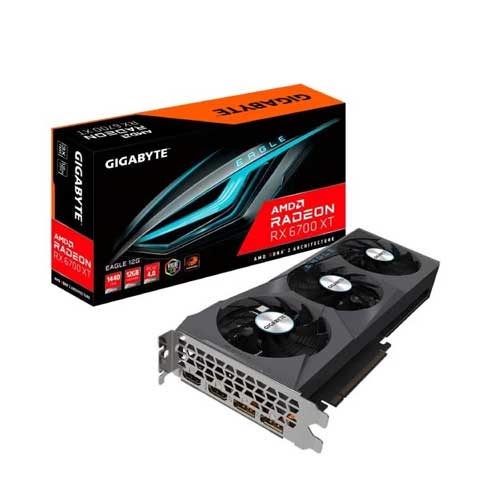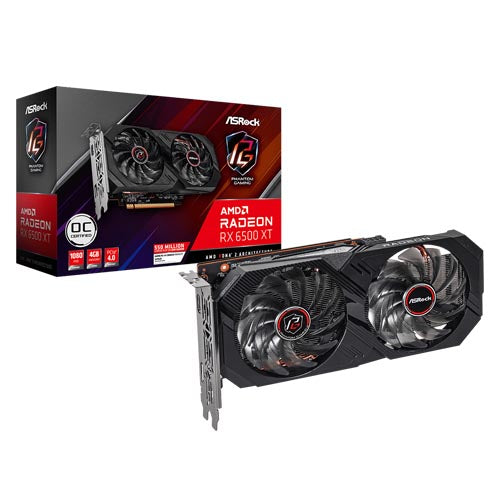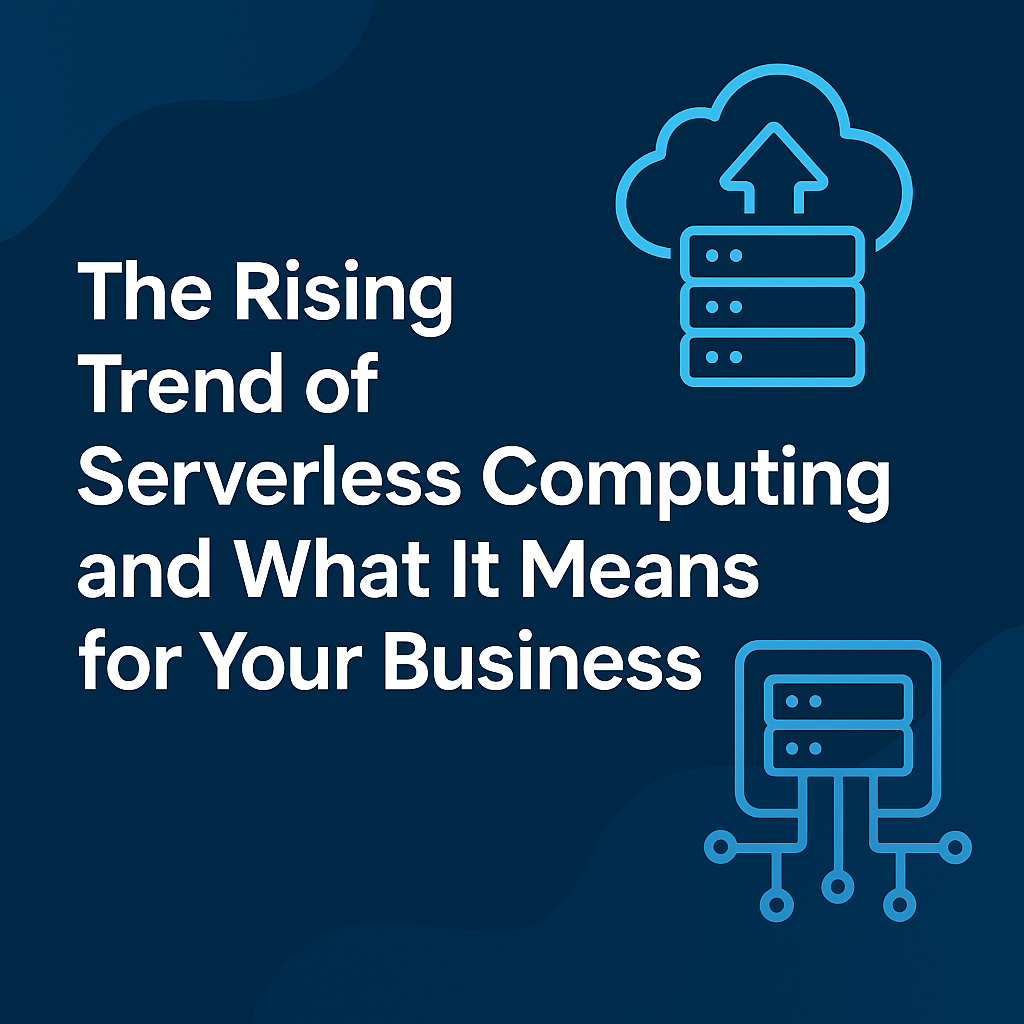
In today’s digital-first world, businesses rely heavily on servers to run applications, store data, and deliver services to users. Traditionally, each server ran a single operating system and set of applications, often leading to underutilized hardware and increased costs. Server virtualization has emerged as a game-changing solution that allows multiple virtual servers to run on one physical machine, making IT infrastructure more efficient, cost-effective, and scalable.
If you're new to the concept of virtualization, this beginner’s guide will help you understand what server virtualization is, how it works, its benefits, and why businesses across the globe are adopting it.
What is Server Virtualization?
Server virtualization is a technology that allows a single physical server to be divided into multiple isolated virtual servers, also known as virtual machines (VMs). Each virtual server runs its own operating system and applications as if it were a separate physical device.
In simple terms, think of one powerful server acting like multiple smaller servers, each doing different tasks independently.
How Does Server Virtualization Work?
The heart of server virtualization is a software layer called a hypervisor. This hypervisor sits between the server’s hardware and the virtual machines, managing how resources like CPU, memory, and storage are allocated to each VM.
There are two main types of hypervisors:
-
Type 1 Hypervisor (Bare-Metal):
Installed directly on the server hardware, offering better performance and efficiency.
Examples: VMware ESXi, Microsoft Hyper-V, Proxmox VE. -
Type 2 Hypervisor (Hosted):
Runs on top of an existing operating system, often used for development or testing environments.
Examples: Oracle VirtualBox, VMware Workstation.

Benefits of Server Virtualization
Server virtualization brings several important benefits to businesses and IT teams:
-
-
Reduced Hardware Costs:
Instead of buying multiple physical servers, you can run multiple virtual servers on one machine, lowering capital expenses. -
Improved Resource Utilization:
Virtualization ensures that your server's CPU, memory, and storage are used efficiently. No more idle hardware sitting underutilized. -
Easier Scalability:
Need more servers for a new project? With virtualization, you can create new virtual machines quickly, without waiting for new hardware. -
Simplified Management:
Virtualization platforms offer centralized management interfaces, making it easy to monitor, control, and maintain multiple servers from one dashboard. -
High Availability and Disaster Recovery:
Many virtualization platforms support features like automatic failover, backup snapshots, and live migration, improving uptime and disaster recovery readiness. -
Energy and Space Savings:
Fewer physical servers mean lower power consumption and less space needed in data centers.
-
Types of Server Virtualization
There are several approaches to server virtualization, each suited for different use cases:
-
-
Full Virtualization:
Simulates the complete hardware environment, allowing different operating systems to run independently. -
Paravirtualization:
The guest operating system is aware it's running in a virtualized environment and communicates directly with the hypervisor for improved performance. -
Container-Based Virtualization:
Lightweight and more focused on running applications rather than full operating systems.
Example technologies: Docker, LXC.
-

Popular Server Virtualization Platforms in 2025
Here are some widely used server virtualization solutions today:
-
-
VMware vSphere / ESXi:
Highly popular in enterprise environments, known for stability and rich features. -
Proxmox VE:
Open-source and increasingly adopted by small businesses and developers for its flexibility and cost-effectiveness. -
Microsoft Hyper-V:
Integrated with Windows Server, widely used in Windows-focused IT environments. -
KVM (Kernel-based Virtual Machine):
A Linux-based virtualization platform known for its strong open-source community support.
-
Use Cases for Server Virtualization
-
-
Private Cloud Hosting:
Running multiple isolated workloads for different departments within a single organization. -
Development and Testing:
Developers can quickly spin up test environments without needing physical servers. -
Disaster Recovery and Backup:
Easily replicate virtual machines for backup and failover. -
Web Hosting:
Hosting multiple customer websites and applications on one physical server using separate VMs.
-

Getting Started with Server Virtualization
For businesses new to virtualization, starting small is often best:
-
-
Assess your current server workload.
-
Choose a virtualization platform that fits your needs and budget.
-
Start with non-critical workloads to gain experience.
-
Gradually migrate more workloads as your team becomes comfortable.
-
Remember, server virtualization doesn't mean you have to replace all physical servers overnight. It’s a gradual transition that brings long-term benefits.
Conclusion
Server virtualization is more than just a technology trend—it represents a fundamental shift in how IT infrastructure is deployed and managed. By maximizing hardware utilization, enhancing scalability, and reducing operational costs, virtualization empowers businesses to remain agile and competitive in today’s fast-paced digital landscape.
Whether it’s for development environments, hosting services, or production workloads, implementing a well-optimized virtualized infrastructure ensures the performance, flexibility, and reliability needed for long-term success.














